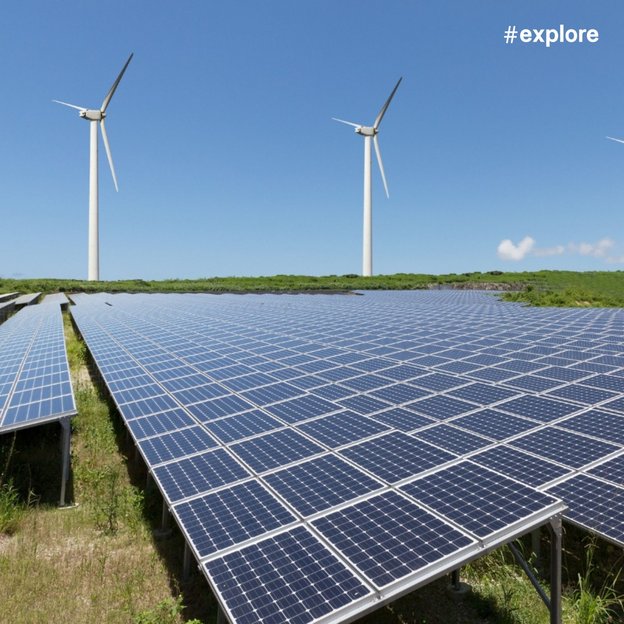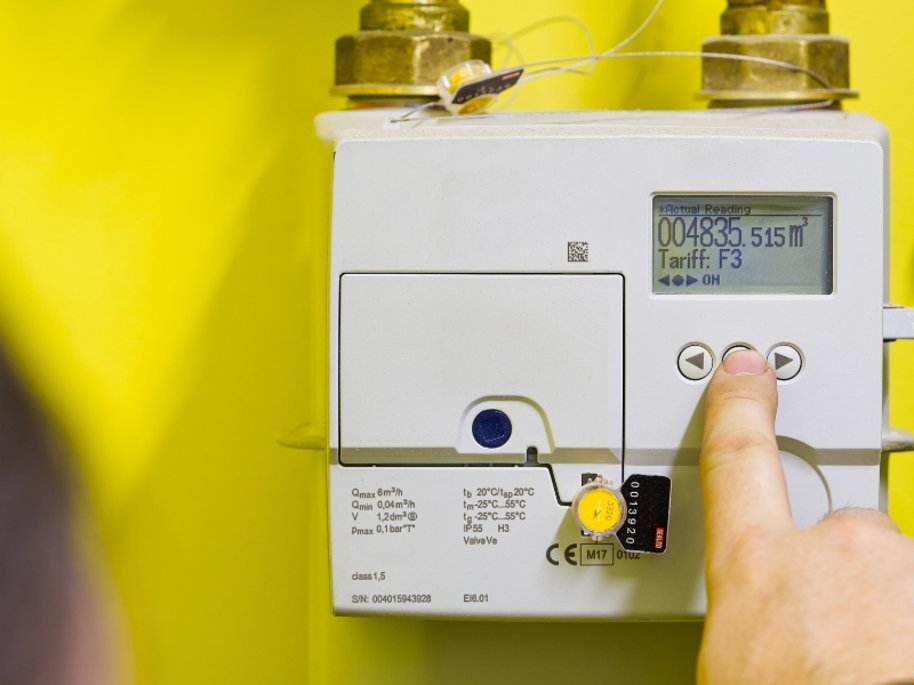Battery storage
The Swiss Army knife of the energy transition
What role large-scale battery storage plays in the energy transition.

Battery storage
What role large-scale battery storage plays in the energy transition.

24 April 2025
To compensate for weather-related fluctuations in renewable energy supply, electricity generated in this way must be stored and fed back into the grid when needed. Batteries are generally well suited for this purpose but have long been considered too expensive. But grid operators are now reporting a boom in applications for new large-scale battery storage systems. Ilona Dickschas, expert in battery storage at TÜV NORD, knows all about the role such systems have to play in the energy transition and whether their operation might already make economic sense.
Ms. Dickschas, recent months have seen an increasing number of announcements of new large-scale battery storage systems. Where do we currently stand – and how is the expansion progressing?
Ilona Dickschas: As things stand, large-scale battery storage systems with a total output of 1.8 gigawatts and a capacity of 2.4 gigawatt hours are connected to the grid in Germany. This is almost twice as much as January 2023 and corresponds to the output of a large nuclear power plant. According to the transmission system operators, applications have been submitted for the coming years for new large-scale battery storage systems with a total capacity of 160 gigawatts – almost a hundred times the currently installed capacity. Even if not all these projects are realized, this will be a huge leap forward.
Why the sudden boom?
It’s all down to the increase in capacities and the reduction in the costs of battery cells. While energy density, which ultimately means the capacity of lithium-ion batteries, has almost doubled in the last ten years, prices have fallen since 2013 from around 800 dollars to their current level of 115 dollars per battery pack. The reasons for this include lower raw material prices, the increased use of low-cost lithium iron phosphate cells and massive overcapacities in cell production in China. This surplus Chinese production drastically accelerated last year’s drop in price. This is a development that we’ve previously observed in the solar industry. This means, in other words, that large-scale battery storage systems can already be operated economically without subsidies. And Germany is currently considered an attractive market for these storage systems because we already have renewable generation capacities, and these are going to continue to grow in the coming years.
How are the demands on our energy system and our power grid changing because of the upswing in renewables? And what role are large-scale battery storage systems playing at this point?
With the expansion of renewable energies, the power grid is becoming increasingly exposed to greater fluctuations, because wind and solar energy aren’t available all the time. The grid operators must intervene to compensate for these fluctuations between consumption and generation and to keep the grid frequency stable. This means acting in seconds to either take electricity out of the grid or to feed it in. To date, the job of providing this balancing power has mainly fallen to pumped storage power plants or gas-fired power plants. Large-scale battery storage systems are now also taking on this task and being paid for providing this service. Another way to earn money with battery storage systems is by trading on the electricity exchange. This can be lucrative, especially in summer, as much cheaper solar power is available during the day, which can then be fed back into the grid for a higher price at night.
You make it sound as if electricity prices could also fall in Germany.
Yes, the expansion of storage systems could actually reduce wholesale prices for electricity in Germany. Whether this will have a direct impact on prices for end consumers depends on other factors – such as the numerous levies and surcharges that get added to the electricity price. At the moment, grid expansion is particularly significant here.

Solar and wind power plants repeatedly have to have their output capped on sunny and windy days so as not to overload the grids. Can battery storage systems store this excess electricity so that it no longer gets wasted?
Some small municipal utilities and grid operators are already putting this into practice so that they either don’t have to curtail the plants in their part of the grid at all or only have to limit their output by a few percentage points. For this reason, battery storage systems are also referred to as the Swiss Army knife of the energy transition. However, for this to work on a broad scale, the grids throughout Germany need to become smarter, by which I mean digitally controllable. But it’s precisely this kind of digitalisation which is progressing so very slowly in many places, especially when it comes to the roll-out of so-called smart meters. These smart meters allow all the players in the power grid to communicate with each other, thus matching demand and supply in real time. While in some cities virtually every meter is already smart, in many regions there’s still a huge amount of catching up to do.
To what extent can TÜV NORD experts support battery storage projects?
Support kicks in right from the start of the project development phase – for example, when it comes to the choice of location, dimensioning and technical design of the storage system. For instance, we carry out grid simulations to analyse how the storage system will act in the grid at its intended location. We also deal with the following questions, among others, in the context of what are known as technical due diligence audits: Is the right fire protection concept in place? Are the requirements for noise protection being sufficiently taken into account? Does the plant pose any further danger to people and the environment? The aim of these reviews is to enable investors to make a well-founded assessment of the technical feasibility of the project so that they can assess potential risks more effectively. To sum up, we check whether the planned project meets all the relevant standards and technical guidelines and whether the timeline is realistic in relation to cost and quality. If the grid operator then gives its approval for the construction project, the colleagues at TÜV NORD can issue the plant certificate which the battery storage project will need to go into operation.
And what happens when it comes to the construction of the specific storage system?
Our colleagues in China know the battery manufacturers and system suppliers very well. They carry out tests and inspections of battery storage systems, as well as traceability audits and carbon footprint assessments, thereby creating the conditions for these storage systems to be sold in the EU and worldwide. Accordingly, we provide support both in the selection of suitable suppliers and with the acceptance of the storage system at the production site or final storage location in Germany. Our experts also offer advice during ongoing operations, for example if optimisation is needed in the grid. We also provide early support for the planning of the dismantling work which will one day be required – and which should ideally be thought about right from the project development phase. This is because operators are obliged to dispose of their batteries in an environmentally friendly manner. We have extensive experience in this field, especially in the nuclear sector, where we’ve been intensively involved in dismantling processes for many years.
What needs to be considered when it comes to dismantling a battery storage system?
The components used in this kind of system have service lives of varying lengths. A substation is usually in operation for 30 to 50 years, while batteries currently have a service life of between ten and 15 years. With intelligent planning, only the batteries will need to be replaced after this time, while the other components can continue to be used: Such large-scale battery storage systems are delivered as a complete system in a standard shipping container. So, naturally enough, the question arises of what will happen to the old container. Will the batteries be recycled directly or can they be reused elsewhere in keeping with the principles of the circular economy? After all, it’s not as if the batteries no longer work after their active service life; all that happens is that their capacity is not what it once was. Decommissioned containers could be used for industrial storage or pressed into service in the local grid for a residential area.

Ilona Dickschas is site manager of TÜV NORD EnSys GmbH & Co. KG in Nuremberg. She has been working on renewable energies, electromobility, battery storage and hydrogen for around 15 years.
This is an article from #explore. #explore is a digital journey of discovery into a world that is rapidly changing. Increasing connectivity, innovative technologies, and all-encompassing digitalization are creating new things and turning the familiar upside down. However, this also brings dangers and risks: #explore shows a safe path through the connected world.